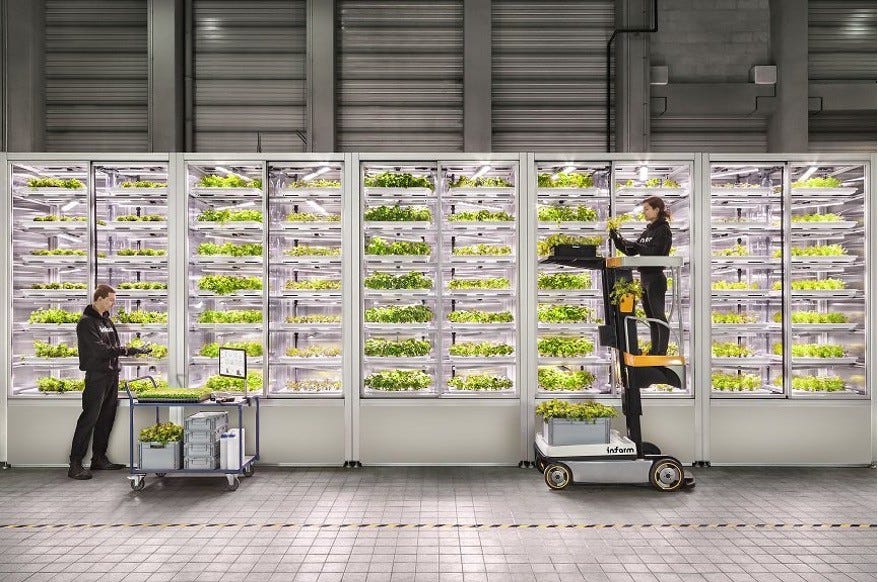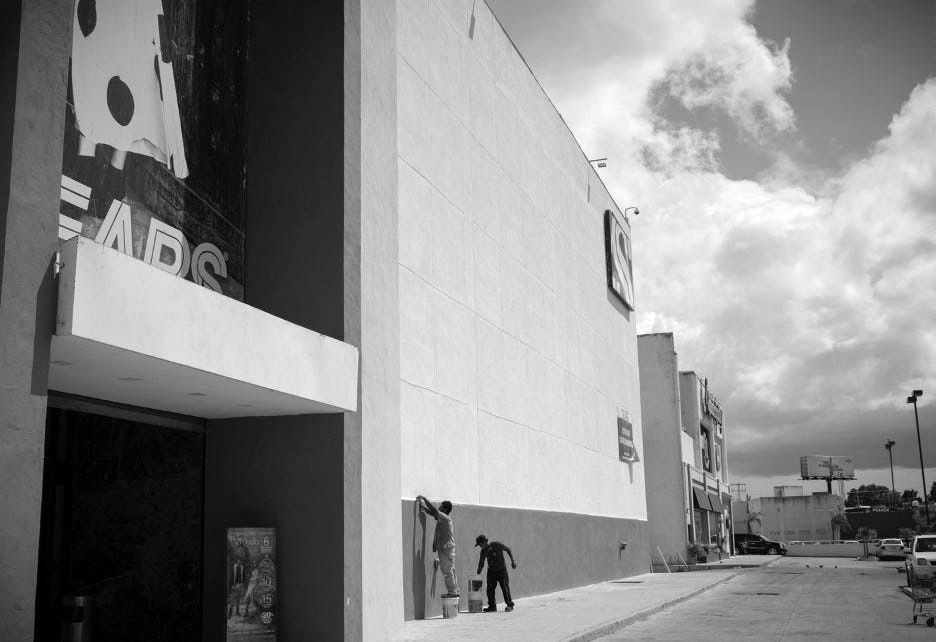Consumer behavior has changed due to the pandemic and this affected not only startups and small businesses but also huge brands as well. Almost two years into the pandemic and people are already seeing many buildings and establishments closed down indefinitely. Seeing vacant warehouses and malls is no longer a surprising scenario as people have turned into ordering things online as opposed to going to physical store locations.
The space problem
The U.S. has the most retail square footage per capita globally, thanks to the economic boom in the 1980s.There are 10,379,714,043 square feet in the us, which gives us a whopping 32.5 square feet of retail per person.But with the pandemic, there’s a need to take a step back and think of new ways to use the now-empty spaces. Discount chains such as Target and Walmart were able to find solutions to battle the challenges brought by the pandemic. However, other retail properties are still stuck in the middle. They have too much space just simply sitting down and not making any profit.
The solution
Developers and retail store owners need to repurpose their space if they want to stay afloat. Thankfully, there are several options available for these big box stores. Here are some examples:
Then a Meijer store, now a four-season BMX center in Michigan. The 100,000 square feet big box store was originally a family-owned Midwestern chain like that of Walmart.
· Then Sam’s Club in Kansas, now a Heartland Community Church
· Then a Mayfield Mall in Mountain View, California, now home to one of Google’s headquarters.
The list can go on. This only shows that there are other ways for these big box stores to flourish throughout and beyond this pandemic.
From empty spaces to indoor farms

Indoor farming hits two birds at the same time, it solves the space problem and the food production problem. It’s an advanced and more sustainable approach in farming that will possibly lead the shift in how food is produced today. A few of the biggest indoor farms today are Mighty Vine, Gotham Greens, and Bright Farms. All these three companies provide fresh food to their nearby cities.
Advantages of indoor farming

Big box stores turned to indoor farms have several advantages over traditional farms especially in the yield despite the smaller space. It’s also easier to get more control over the crop, harvest fresher products, and ensure that health safety protocols are met.
Environment-friendly solution
There are no external threats in indoor farming. The food produced is free from the usual challenges in farming such as the weather, the changing season, and the insects. Thus, there’s little need for heavy equipment, pesticides, or fertilizers. Due to the smaller land it needs, indoor farming also only requires about 10% of the water that’s used in traditional farming.
Food production companies get to produce more using fewer resources. Bix box stores owners don’t need to anxiously wait until the economy or the purchasing culture changes to how it was back then. Repurposing empty spaces is a two-edged sword as it’s beneficial for the developers, the owners, and the community.
There are other ways that companies are turning vacant space into something more useful.Learn more about vacant spaces being turned into something other than they’re built for right here: Bluelofts.io
Ike Bams and John Williams are founders of Bluelofts Inc. They are a new generation of millennial real estate developers based in Dallas, Texas who aim to transform vacant office buildings to residential communities. Visit our website: www.Bluelofts.Io and learn more about Bluelofts Labs. Build your dream with us!




